Whether you're a seasoned wine connoisseur or a curious beginner, understanding the nuances of wine drinking can enhance your appreciation and elevate your gastronomic experiences.
In this comprehensive guide, we'll explore the essential steps to mastering the art of "how to drink wine", dive into the fascinating world of red, white, rosé, and sparkling wines, and even debunk some common wine myths along the way.
Short Summary
- Master the art of wine drinking with essential steps such as selecting a glass, serving at the ideal temperature & swirling and decanting.
- Explore different types of wines (red, white, rosé & sparkling) to appreciate their complexity and diversity.
- Debunk common myths about wine appreciation for an informed perspective on enjoying it.
Mastering the Art of Wine Drinking: A Step-by-Step Guide
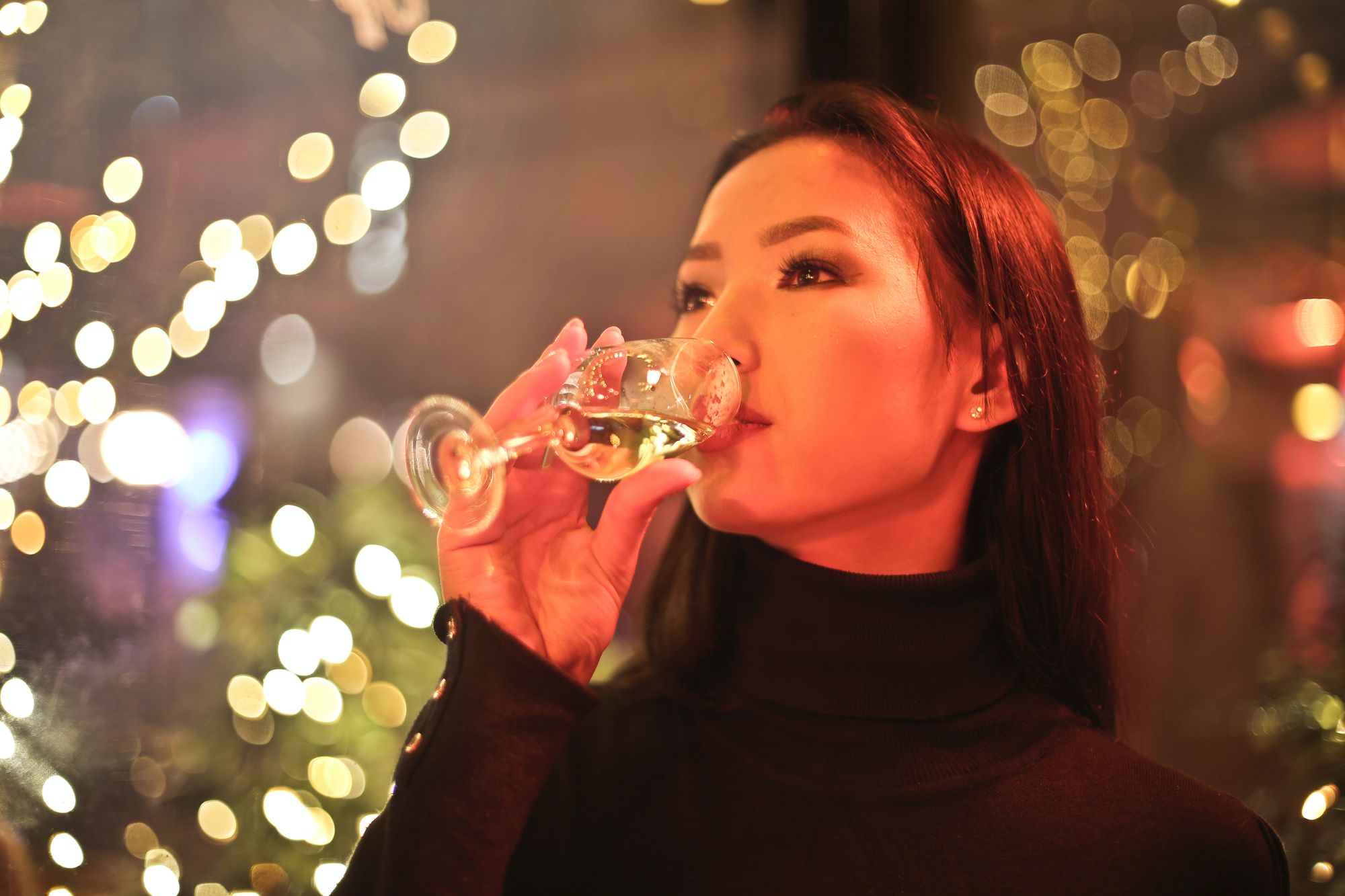
To truly appreciate the complex flavours and aromas that wine has to offer, it's crucial to approach wine drinking with intention and finesse.
The first step in this process is selecting the perfect wine glass.
The shape and size of the glass play a significant role in how the wine's aroma and flavour are experienced, making it an essential factor in the wine drinking experience.
Next, serving wine at the ideal temperature is crucial to maximizing its flavour. Different types of wine require distinct serving temperatures, so it's important to familiarize yourself with these guidelines to ensure that you're enjoying your wine at its best.
Finally, the art of swirling and decanting comes into play. These techniques help to aerate the wine, releasing its intricate aromatics and enhancing its flavour.
With a fundamental understanding of these key steps, you'll be well on your way to mastering the art of wine drinking.
Now, let's delve deeper into the vast world of wine varieties and learn how to appreciate the unique characteristics of red, white, rosé, and sparkling wines.
Choosing the Perfect Wine Glass
The shape of the wine glass has a significant impact on how the wine's aroma and flavour are experienced.
A glass with a narrow rim allows the wine to flow directly onto the centre of the tongue, enabling you to discern the harmony of fruit and acidity.
Red wine glasses typically have larger bowls, which allow the wine to breathe and enhance its flavour, while white wine glasses have a U-shaped bowl that keeps the wine cooler for longer.
When selecting a wine glass, it's essential to choose one that is transparent, free of decorations and pigmentation, and slender with no irregularities in the shape.
High-quality wine glasses can drastically enhance your wine drinking experience, so it's worth investing in a set that will allow you to fully appreciate the nuances of your favourite wines.
Serving Wine at the Ideal Temperature
Serving wine at the proper temperature is essential for maximizing its flavour. Red wine should be served at a temperature between 12 to 18 degrees Celsius.
White wine, on the other hand, usually tastes best when it is served chilled between 5 to 8 degrees Celsius.
Heavier white wines such as Chardonnay, or lighter reds including Pinot Noir, should be served between 55-60 degrees Fahrenheit.
The difference in serving temperature between drinking red wine and white wines is due to the distinct characteristics of each type.
Red wines are typically more robust and intricate in flavour, while white wines are generally more vibrant and refreshing.
By serving your wine at the ideal temperature, you'll be able to fully appreciate its unique flavour profile and enhance your overall wine drinking experience.
Now that you know how to serve your wine, let's explore the art of swirling and decanting.
The Art of Swirling and Decanting
Swirling is a simple yet important technique that involves gently swirling the glass to aerate the wine before consumption.
This process facilitates the release of intricate aromatics, allowing you to fully appreciate the wine's complexity and depth.
Decanting, on the other hand, is the act of transferring wine from its original vessel to a special container known as a decanter and allowing it to rest for a period of time.
This process helps to enhance the wine's flavour and can be particularly beneficial for young rosé wines, which should be served in a glass with a long stem and a flared lip.
By mastering the art of swirling and decanting, you'll be well-equipped to appreciate the subtleties of a wide range of wines.
Diving into Wine Varieties: Red, White, Rosé, and Sparkling

As you begin your journey into the world of wine, it's essential to familiarize yourself with the four primary varieties: red, white, rosé, and sparkling wines.
Each type of wine offers its own unique set of characteristics, flavours, and aromas, making it important to understand the differences between them.
Red wines are produced from red grapes and derive their colour and texture from the pigments and tannins extracted from the grape skins during fermentation.
In contrast, white wines are typically produced from fermented grapes that have had their skin removed, resulting in a lighter, more delicate flavour profile.
Rosé wines, while similar in production to red wines, have a shorter fermentation period, resulting in a distinct pink hue.
Sparkling wines, on the other hand, undergo a second fermentation process in which yeast and sweet grape juice are added to create the characteristic effervescence.
By exploring these different wine varieties and understanding their unique qualities, you'll be better equipped to appreciate the complexity and diversity that the world of wine has to offer. Now, let's take a closer look at how to taste wine like a pro.
Exploring Red Wine

Red wine is beloved for its rich, robust flavours, and popular varietals include Cabernet Sauvignon, Merlot, and Pinot Noir.
In addition to offering a diverse range of flavour profiles, red wine has been suggested to have potential health benefits when consumed in moderation.
Some red wines are denominated according to the place where the grapes are grown, such as Gevrey-Chambertin, Priorat, St. Julien, and Barolo.
By exploring different red wine varieties and familiarizing yourself with their unique characteristics, you'll be able to enhance your wine-drinking experience and develop a deeper appreciation for this timeless beverage.
Uncovering White Wine
White wine offers a wide range of flavours and aromas, from crisp and refreshing to rich and full-bodied.
Popular white wine varieties include Chardonnay, Sauvignon Blanc, and Riesling.
The production process for white wine involves removing the grape skins at the beginning of the winemaking process, which results in a lighter, more delicate flavour profile compared to red wines.
When it comes to selecting a white wine, it's important to consider whether you prefer a full-bodied or lighter-bodied option.
Full-bodied white wines, such as Chardonnay, Riesling, and Chenin Blanc, offer a more robust and intricate flavour, while lighter-bodied white wines like Pinot Grigio, Pinot Blanc, Sauvignon Blanc, and Gewurztraminer are typically more vibrant and invigorating.
By understanding the differences between various white wine varieties, you'll be better equipped to find the perfect wine to suit your taste buds and preferences and enhance your overall wine-drinking experience.
Savouring Rosé Wine
Rosé wine, with its distinct pink hue, offers a unique flavour profile that falls somewhere between red and white wines.
Produced in a similar manner to red wine, rosé has a shorter fermentation period, which results in its signature colour. Most rosé wines are best enjoyed young, as they tend to be more fleeting in nature.
However, a limited number of high-quality rosés can age and develop favourably, offering a more complex and nuanced flavour experience.
By exploring the world of rosé wine and understanding its unique characteristics and production process, you'll be better prepared to appreciate and savour this versatile and refreshing beverage.
Appreciating Sparkling Wine
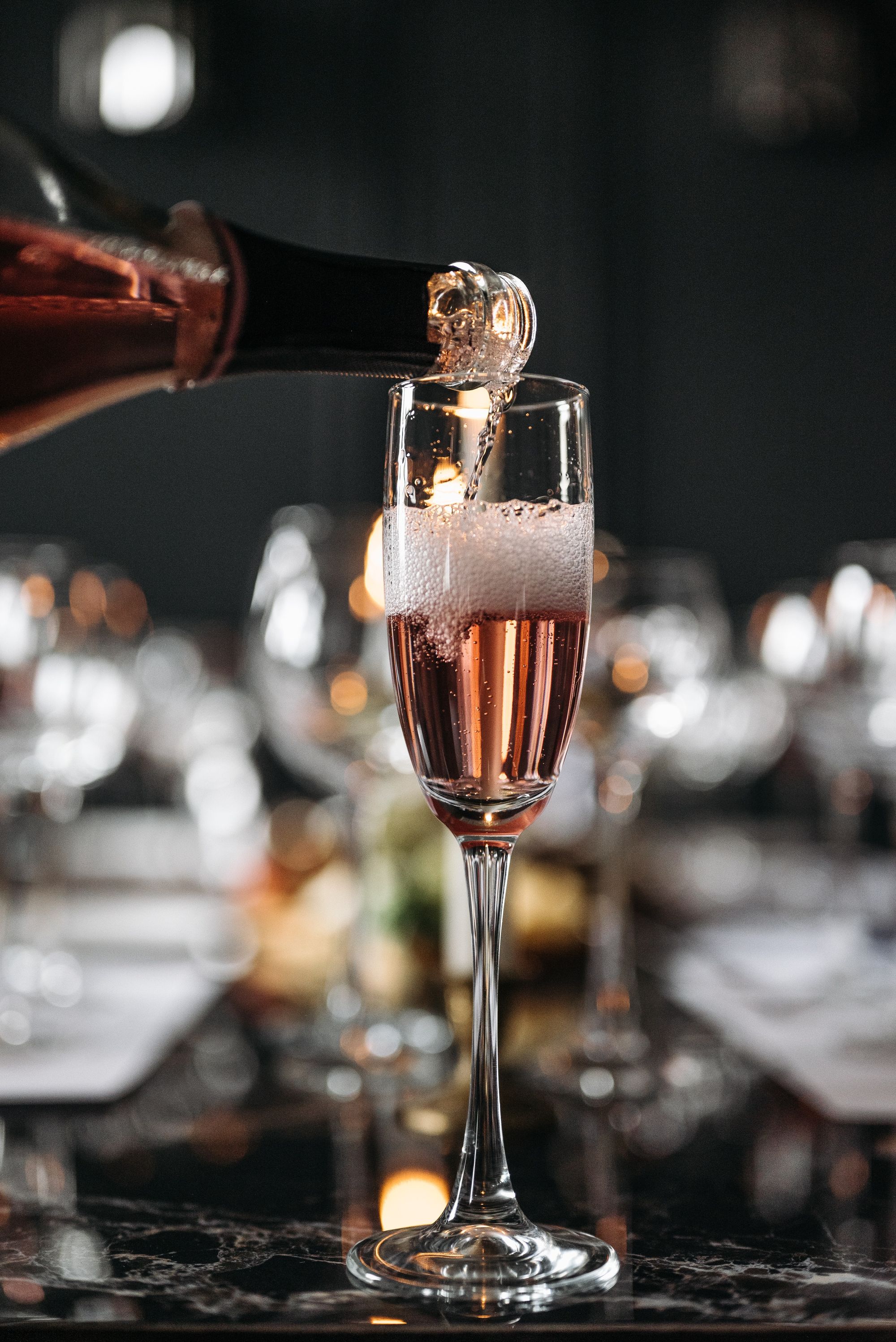
Sparkling wine is a celebration in a glass, offering a lively and effervescent drinking experience.
Produced through a second fermentation process that involves the addition of yeast and sweet grape juice, sparkling wine can be made from any white or red grape.
All sparkling wines possess high acidity and a low-alcohol base, which contributes to their characteristic crisp and refreshing flavour.
Sparkling wines are classified according to the amount of sugar present in the wine, allowing for a diverse range of flavour profiles to suit any palate.
By familiarizing yourself with the unique characteristics and production methods of sparkling wine, you'll be better equipped to appreciate the bubbly delights that this effervescent beverage has to offer.
How to Taste Wine Like a Pro
Tasting wine like a pro involves more than simply sipping and savouring.
To truly appreciate the intricate flavours and aromas of a fine wine, it's important to develop your palate and become familiar with wine terminology.
This involves not only smelling and tasting an array of different wines, but also learning to identify the unique characteristics that set each wine apart.
When tasting wine, pay close attention to its aroma, as this can significantly enhance your appreciation of the wine's flavour.
Take a few deep sniffs of the wine and concentrate on the various aromas that can be discerned, such as notes of fruit, flowers, herbs, earth, and spice.
In addition to assessing the aroma, it's crucial to evaluate the wine's flavor and texture.
This involves discerning the sweetness, acidity, tannins, and body of the wine, as well as its crispness, viscosity, and finish.
By honing your wine tasting skills and understanding the intricacies of each aspect of wine appreciation, you'll be well on your way to tasting wine like a pro.
Assessing Colour and Clarity
Evaluating the colour and clarity of a wine can provide valuable insight into its age, grape variety, potential faults, flavour, acidity, and mouthfeel.
By paying close attention to these factors, you'll be better equipped to appreciate the unique characteristics of each wine you taste.
To assess the colour and clarity of a wine, hold the glass up to the light and take note of the hue, brightness, and opacity.
This visual examination can reveal a wealth of information about the wine, helping you develop a deeper understanding of its complexity and potential flavour profile.
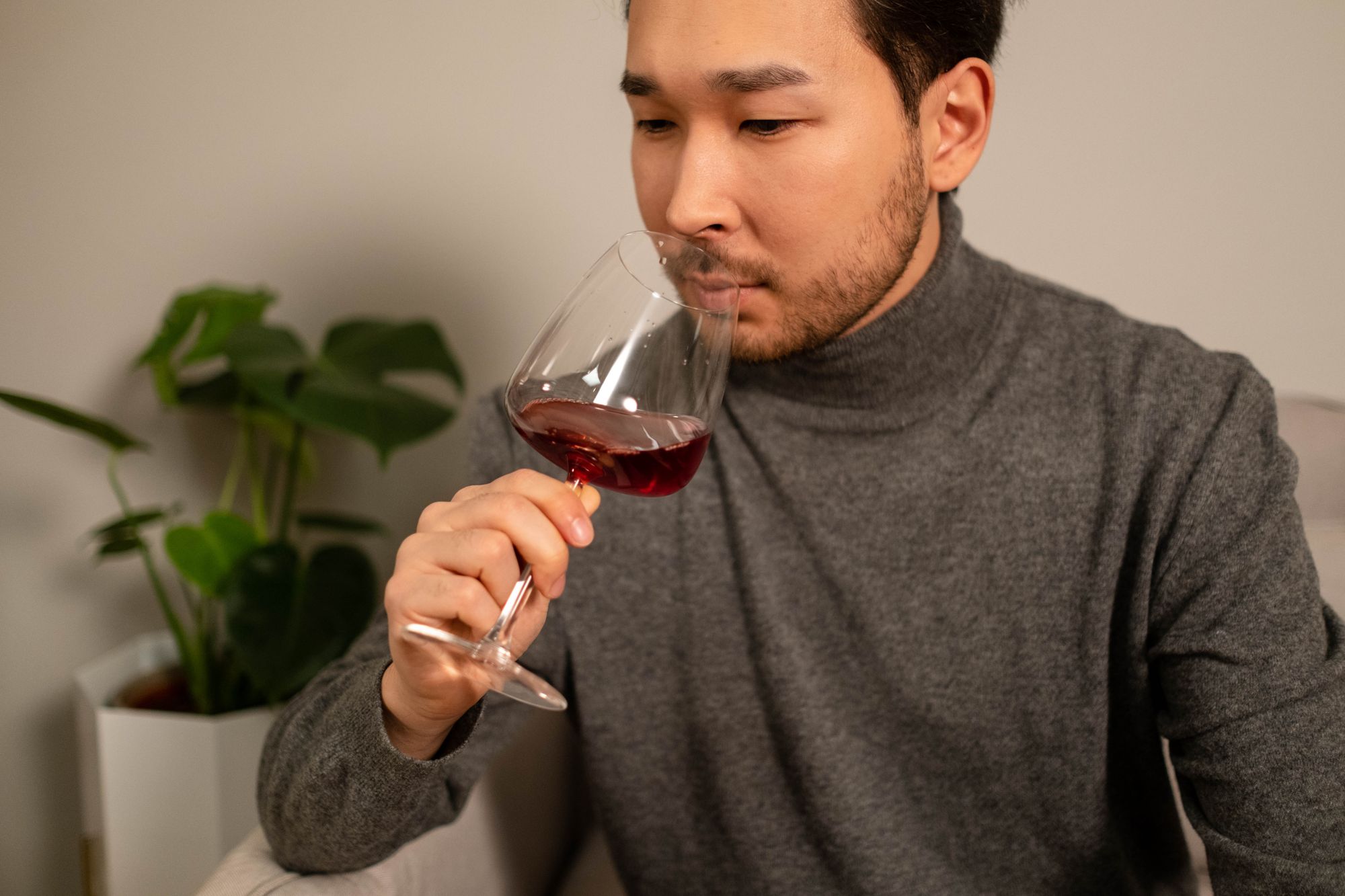
A person smelling wine
Identifying Aromas
Identifying the aromas of a wine is crucial for a deeper appreciation of its flavour profile.
By taking a few deep sniffs of the wine and concentrating on the various aromas that can be discerned, you'll be better equipped to appreciate the unique characteristics of each wine you taste.
Common wine aromas include notes of fruit, flowers, herbs, earth, and spice.
By familiarizing yourself with these distinct aromas and learning to identify them in each wine you sample, you'll be well on your way to becoming a true wine connoisseur.
Analyzing Flavor and Texture
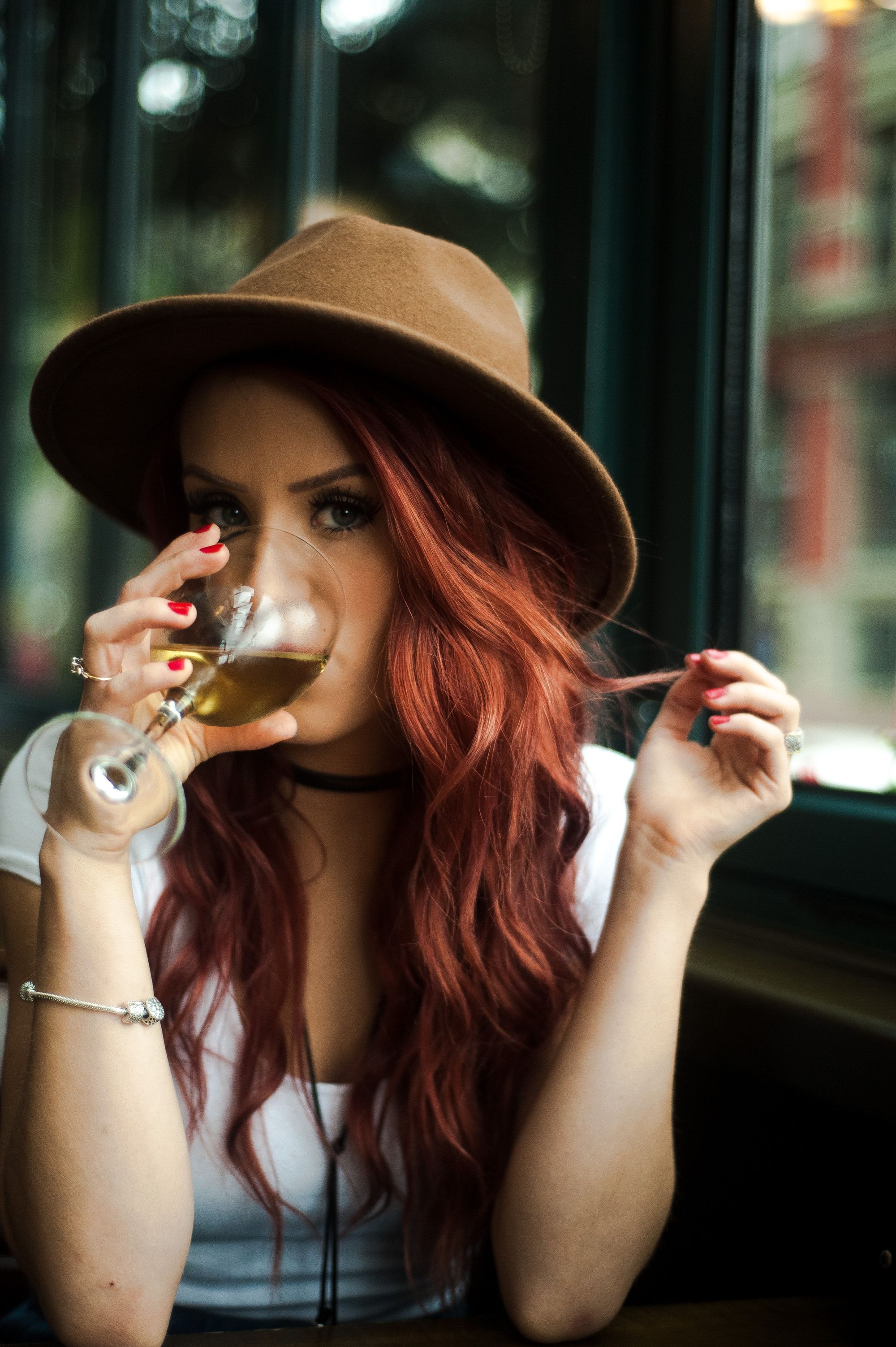
In addition to assessing the aroma of a wine, it's important to evaluate its flavour and texture.
This involves discerning the sweetness, acidity, tannins, and body of the wine, as well as its crispness, viscosity, and finish.
To analyze the flavour and texture of a wine, take a small sip and swish it around in your mouth, taking note of the various components and how they interact with one another.
By honing your wine tasting skills and understanding the intricacies of each aspect of wine appreciation, you'll be well on your way to tasting wine like a pro.
Mastering Wine and Food Pairings
Pairing the right wine glass up with the right food can significantly enhance the overall dining experience, drawing out the flavours of both the food and the wine to create a harmonious and gratifying combination.
The general rule for pairing wine and food is to match the weight and intensity of the dish with the wine, ensuring that neither overpowers the other.
Some classic wine and food pairings include Cabernet Sauvignon with steak, Champagne with oysters, and Chablis with seafood.
However, don't be afraid to experiment with unconventional pairings, as the most important factor is that both the wine and the dish complement and enhance one another, regardless of traditional wisdom.
By mastering the art of wine and food pairings, you'll be better equipped to create unforgettable dining experiences that showcase the best of both worlds.
Now let's debunk some common wine myths and set the record straight.
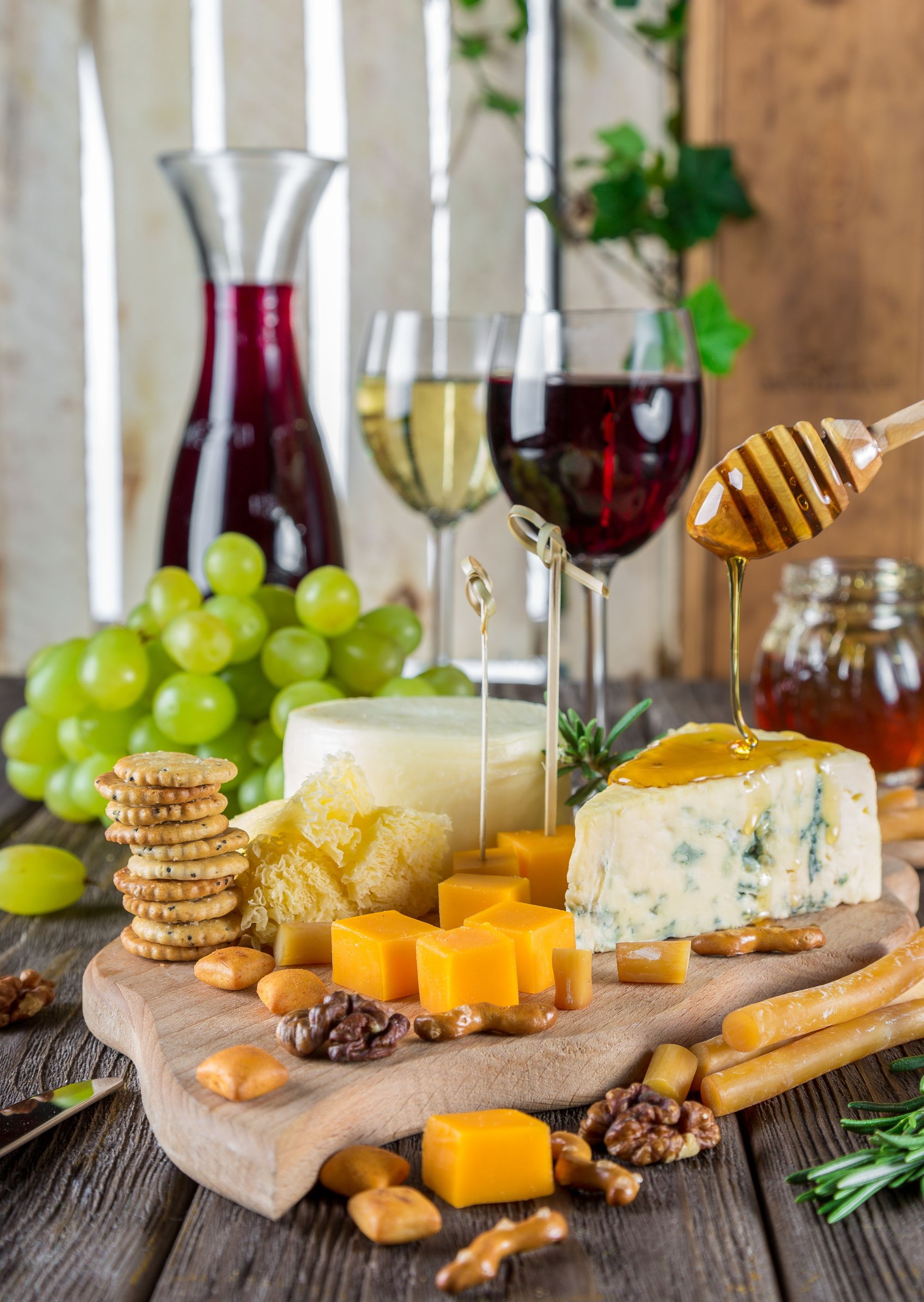
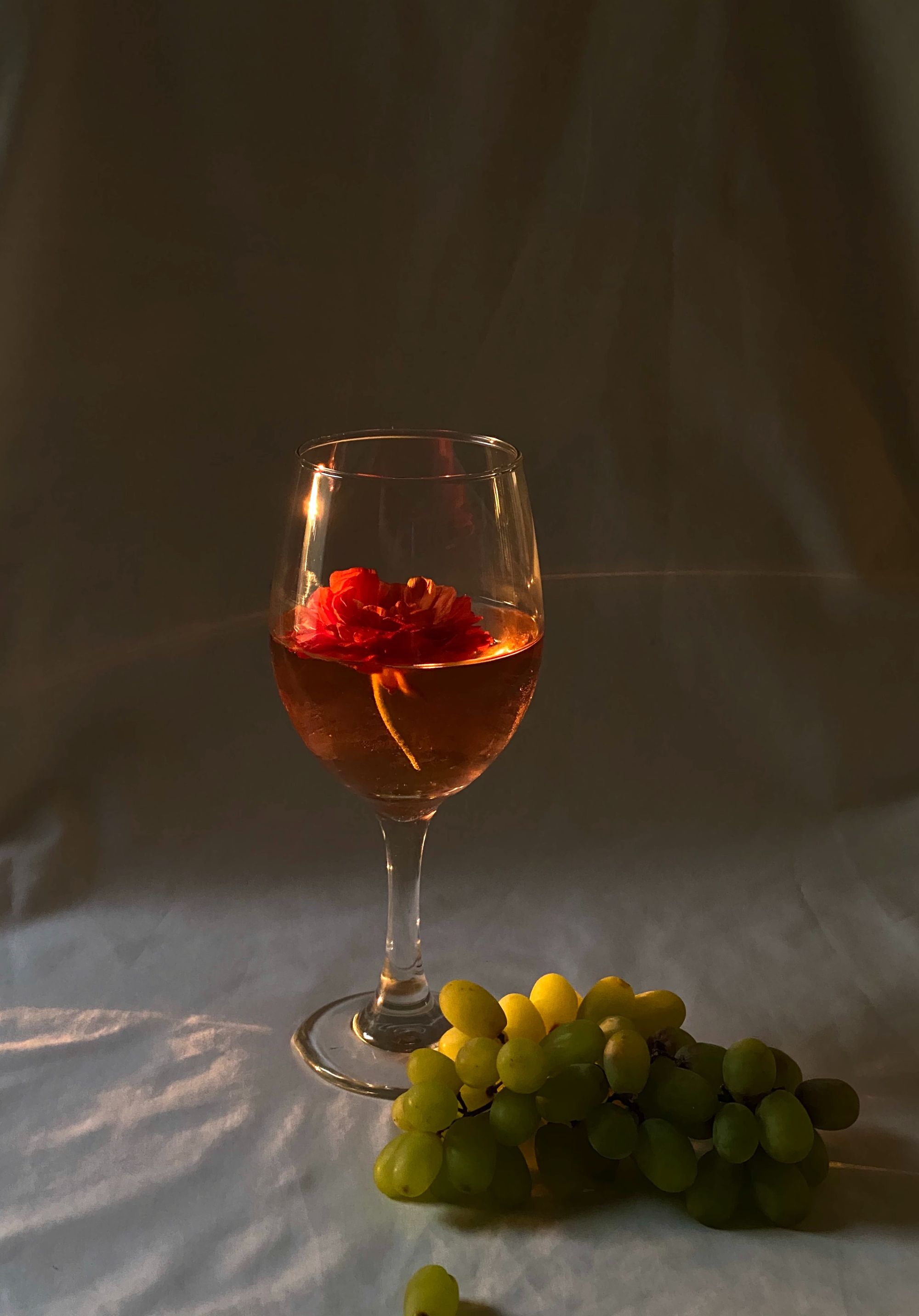
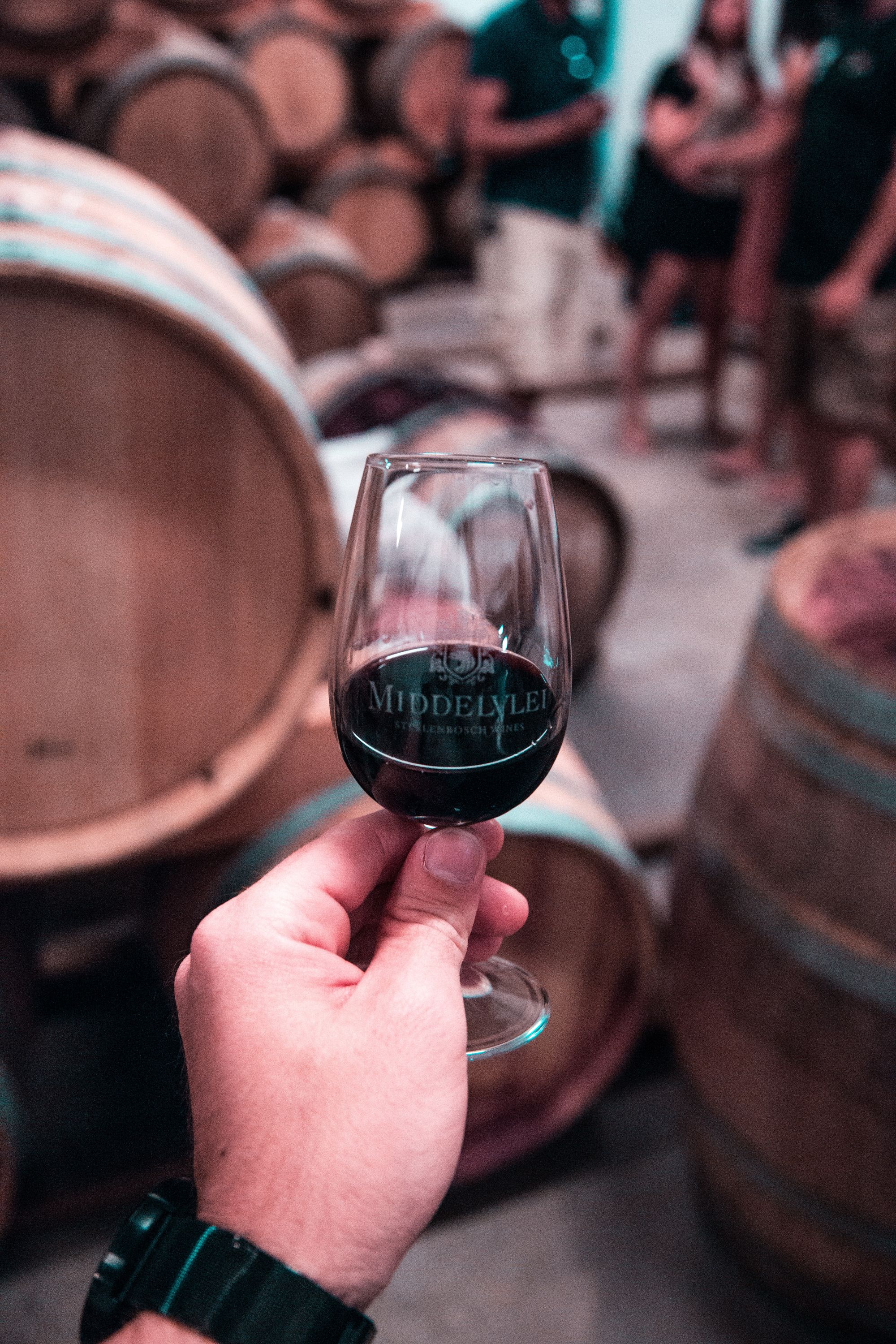
Red Wine Pairings
Red wine is ideally complemented by dishes that are high in fat and have strong flavor profiles, such as beef, duck, avocado, and cheese.
The bold flavours of red wines, particularly those with high tannin content, cut through the richness of fatty meats, creating a harmonious and satisfying balance.
Specific recommendations for pairing red wine with certain types of meat include a California zinfandel with ribeye, a Cabernet Sauvignon with ribeye steak, and a Merlot with roasted chicken or turkey.
By experimenting with different red wine pairings, you'll be able to enhance your culinary experiences and discover new and exciting flavour combinations.
White Wine Pairings
White wine is a versatile companion for a wide range of dishes, from seafood and cheese to green vegetables and cream-based sauces.
High acidity white wines, such as Sauvignon Blanc, are particularly well-suited to pairing with cream-based sauces and seafood, as their crispness cuts through the richness of the dish.
Some classic white wine pairings include Chardonnay with lobster and drawn butter, Sauvignon Blanc with goat cheese, and Riesling with spicy Asian cuisine.
By exploring various white wine pairings, you'll be able to create delightful dining experiences that celebrate the diverse flavours and textures of both the wine and the dish.
Rosé and Sparkling Wine Pairings
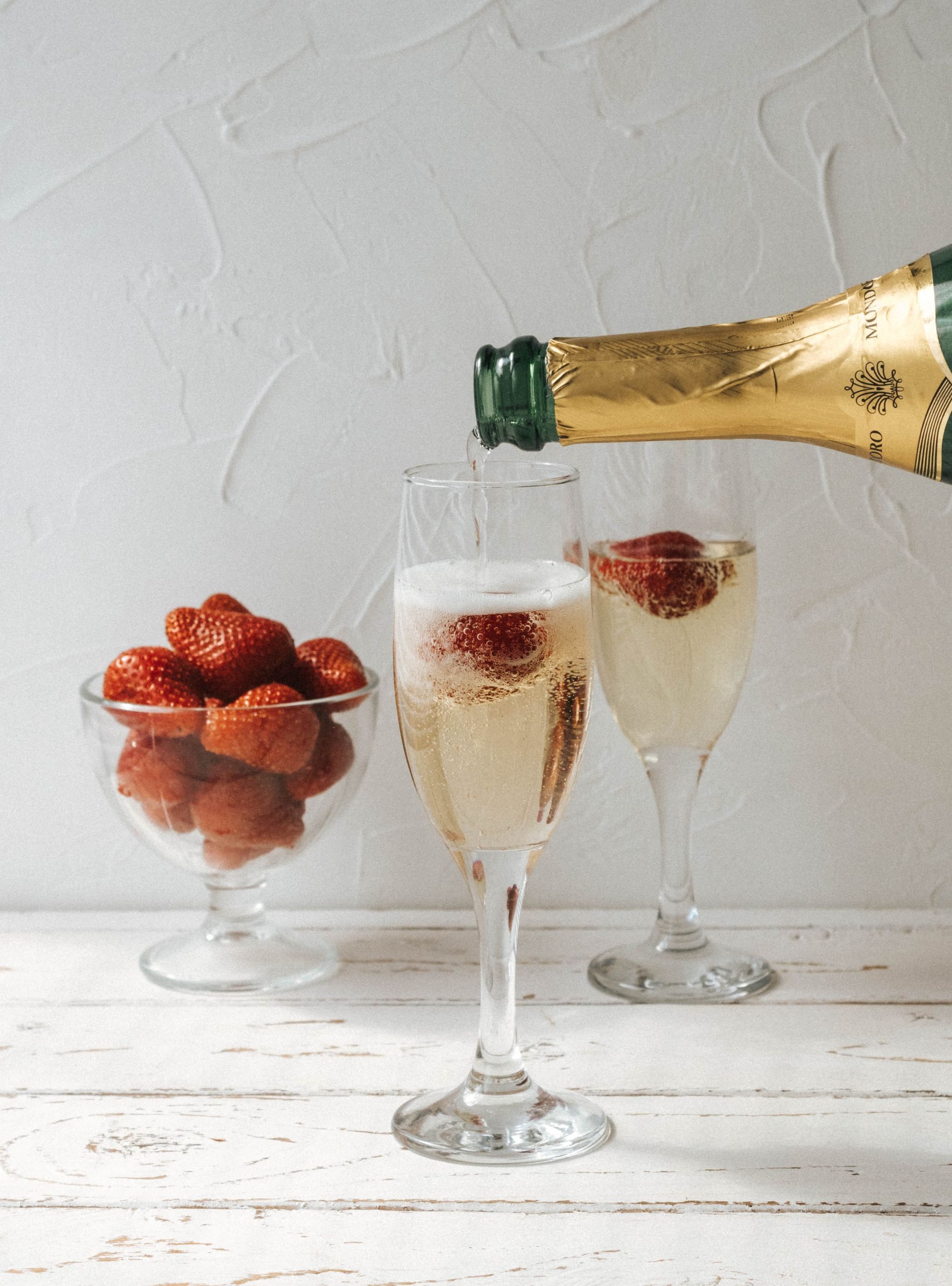
Rosé wines offer a unique flavour profile that pairs well with a wide range of dishes, from Mediterranean fare and shellfish to tomato dishes, creamy white cheeses, and chicken or niçoise salad.
Sparkling rosé, on the other hand, is a versatile accompaniment for greasy, fatty, fried, and spicy dishes, seafood, soft cheeses, and charcuterie.
By experimenting with different rosé and sparkling wine pairings, you'll be able to explore the diverse flavour profiles of these wines and discover new and exciting combinations that enhance your culinary experiences.
Debunking Common Wine Myths
It's time to set the record straight on some common wine myths that may be hindering your wine appreciation journey.
First, the myth that all wines should be served at room temperature is simply not true.
Different types of wines require distinct serving temperatures to maximize their flavour and enhance the overall drinking experience.
Second, the misconception that age always makes wine better is also incorrect. While certain wines may benefit from ageing, most wines are intended to be consumed while young and fresh.
Finally, the importance of pairing wine with food should not be underestimated.
The right combination can greatly enhance the overall experience, while the wrong pairing can result in a less-than-ideal dining experience.
By debunking these common wine myths, you'll be better equipped to approach wine appreciation with a more informed and open-minded perspective.
- How Cold Does a Wine Fridge Get
- Wine Fridge vs Wine Cooler
- Dual Zone vs Single Zone Wine Cooler
- Red Wine Temperature
- White Wine Temperature
- Wine Fridge Temperature
- How to Tell if Wine is Bad
- How to Serve Wine Properly
- How to Decant Wine
- Storing Wine at Home
- How to Choose a Wine Fridge
Summary
In this comprehensive guide, we've explored the essential steps to mastering the art of wine drinking, delved into the fascinating world of red, white, rosé, and sparkling wines, and debunked some common wine myths along the way.
By understanding the nuances of wine drinking and appreciating the unique characteristics of each wine variety, you'll be well on your way to becoming a true wine connoisseur.
Now that you're armed with the knowledge and tools to fully appreciate the world of wine, it's time to raise a glass and embark on your own wine appreciation journey.
Cheers to new discoveries, unforgettable experiences, and a deeper connection with the timeless art of wine drinking!
Biggest Mistakes You're Making When Drinking Wine - Insider Business
In search of a top-notch wine fridge? Explore our top-rated Wine Fridge Recommendations to find the perfect fit for your unique requirements.
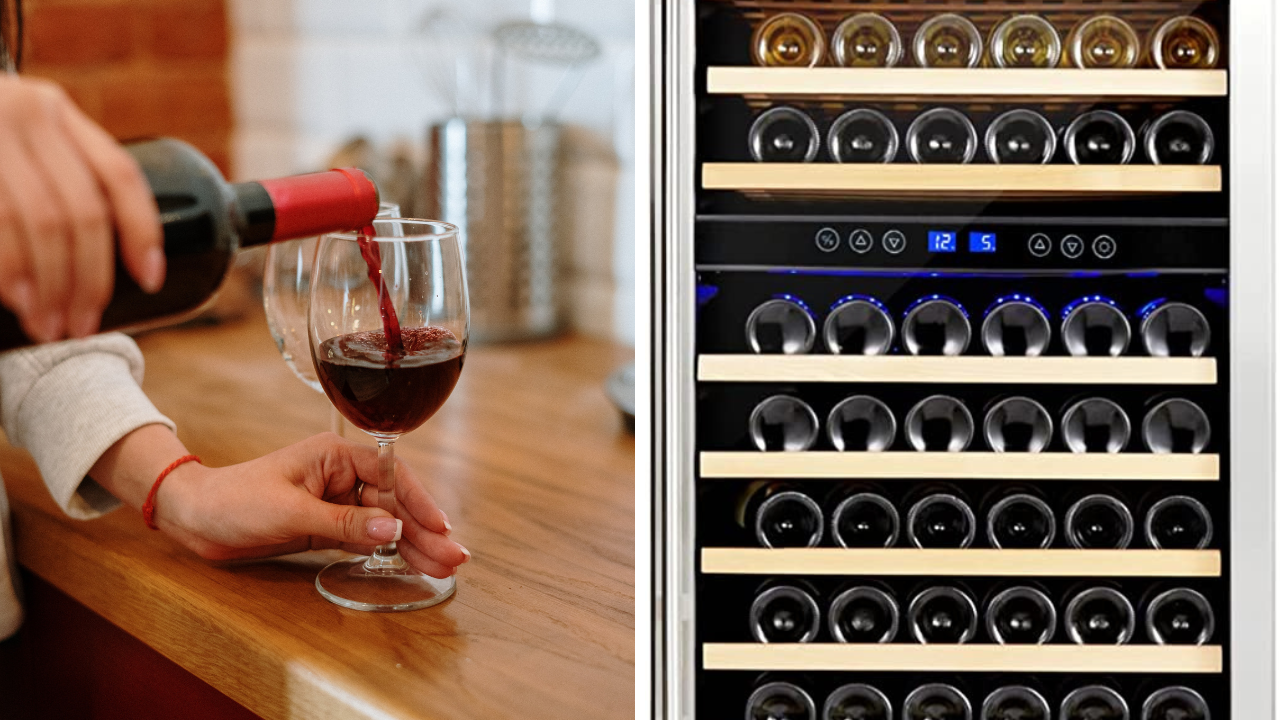
If you are tight on space, then check our our blog post on the Best Slim Wine Fridges.
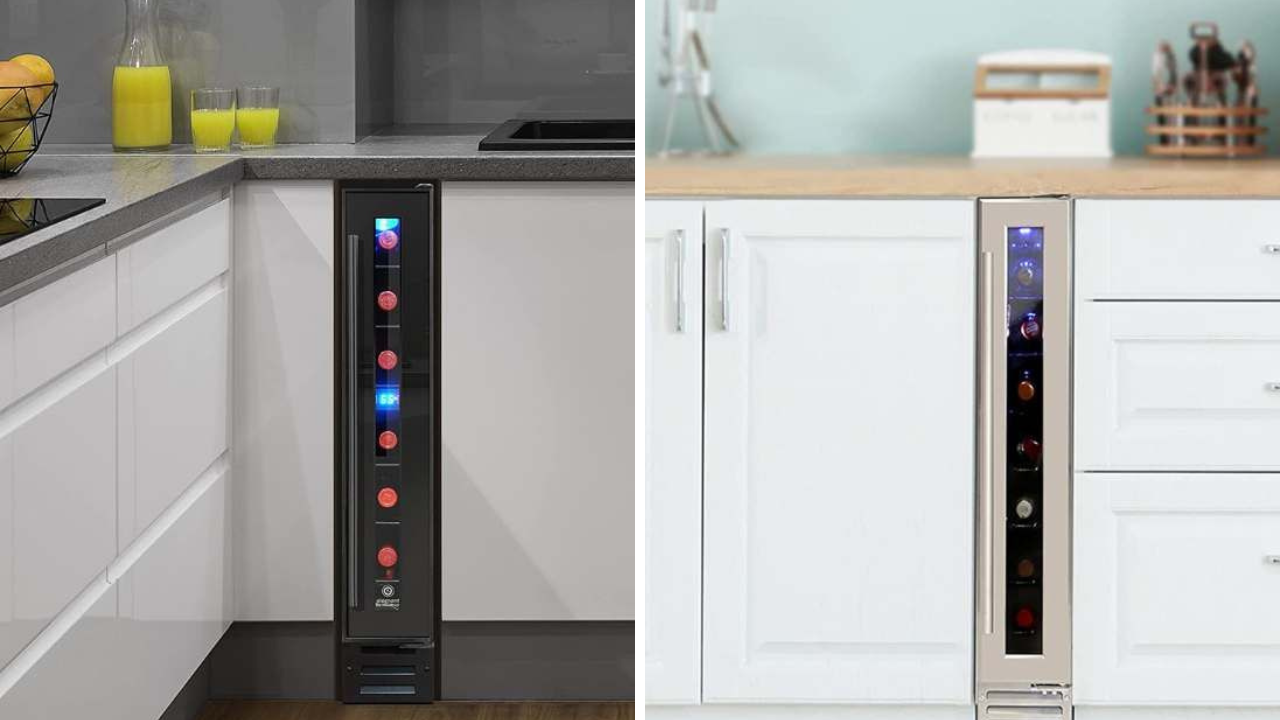
You may want to also check out our top picks for the best under counter wine cooler.
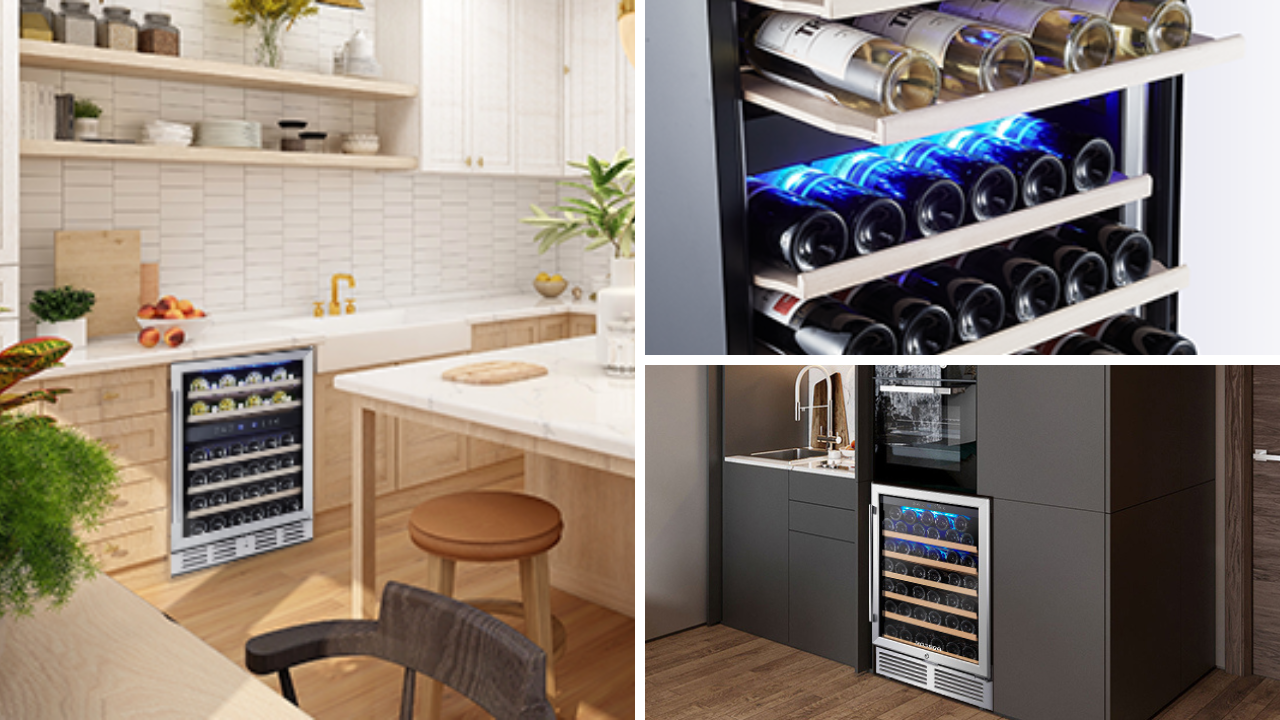
If you have a large wine collection then check out our article on the best large wine fridge.
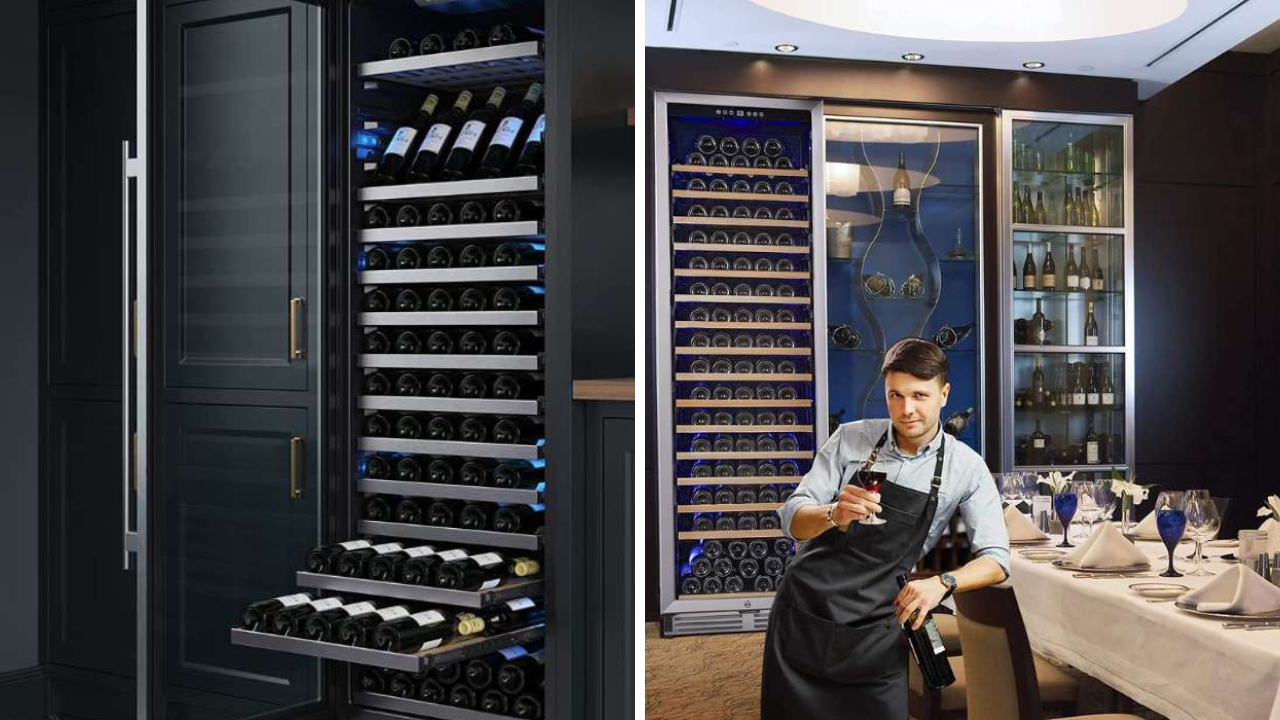
Frequently Asked Questions
Is there a right way to drink wine?
Yes, there is a right way to drink wine like this. Swirling the glass to release the aromas and tasting it fully on the palate will help you experience all the nuances of the flavour.
Enjoyment of a fine wine is a matter of taking the time to savour its aroma, texture, and complex palette of flavours.
Do I refrigerate wine?
It is recommended to refrigerate opened bottles of wine for best quality and preservation. Refrigeration helps slow the oxidation process, preventing spoilage and prolonging the flavour of the wine. Therefore, it is wise to store your open bottles of wine in the fridge.
Yes, you should refrigerate open bottles of wine to keep them at their peak quality. Refrigerating your wine helps to slow down the oxidation process, preserving its flavour and preventing spoilage. It's therefore important to store your open bottles of wine in the fridge.
Do you drink wine cold or warm?
For the best taste, red wines should be served at around 60-65°F (15-18°C) and white wines should be served at 45-50°F (7-10°C).
Therefore, it is advisable to drink wine at a slightly cooler temperature for optimal flavour.
How drink wine?
Drinking wine should be an enjoyable experience. Start by giving the glass a good swirl to allow the aromas to come out, then take a small sip and roll it around your tongue to appreciate the full flavor before swallowing.
Red wines tend to have longer finishes so can linger in your mouth for some time. Enjoy your experience!
How to drink red wine?
To fully experience the complex flavour of red wine, pour it into a glass so it can breathe. Swirl the glass and take a sniff before taking a sip.
Then, slowly savour the taste by swirling it in your mouth before swallowing. Enjoy the aftertaste to appreciate the unique and sophisticated flavor.










